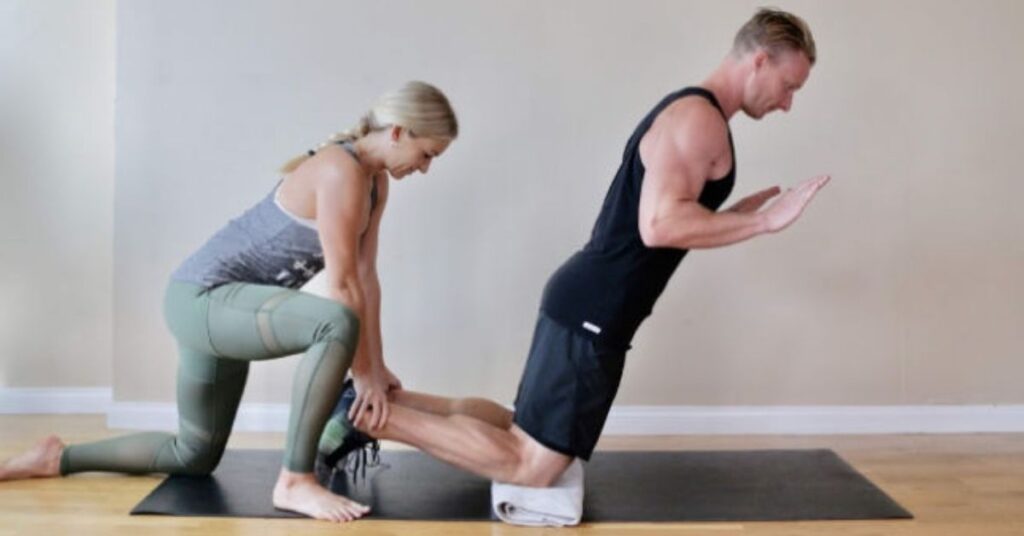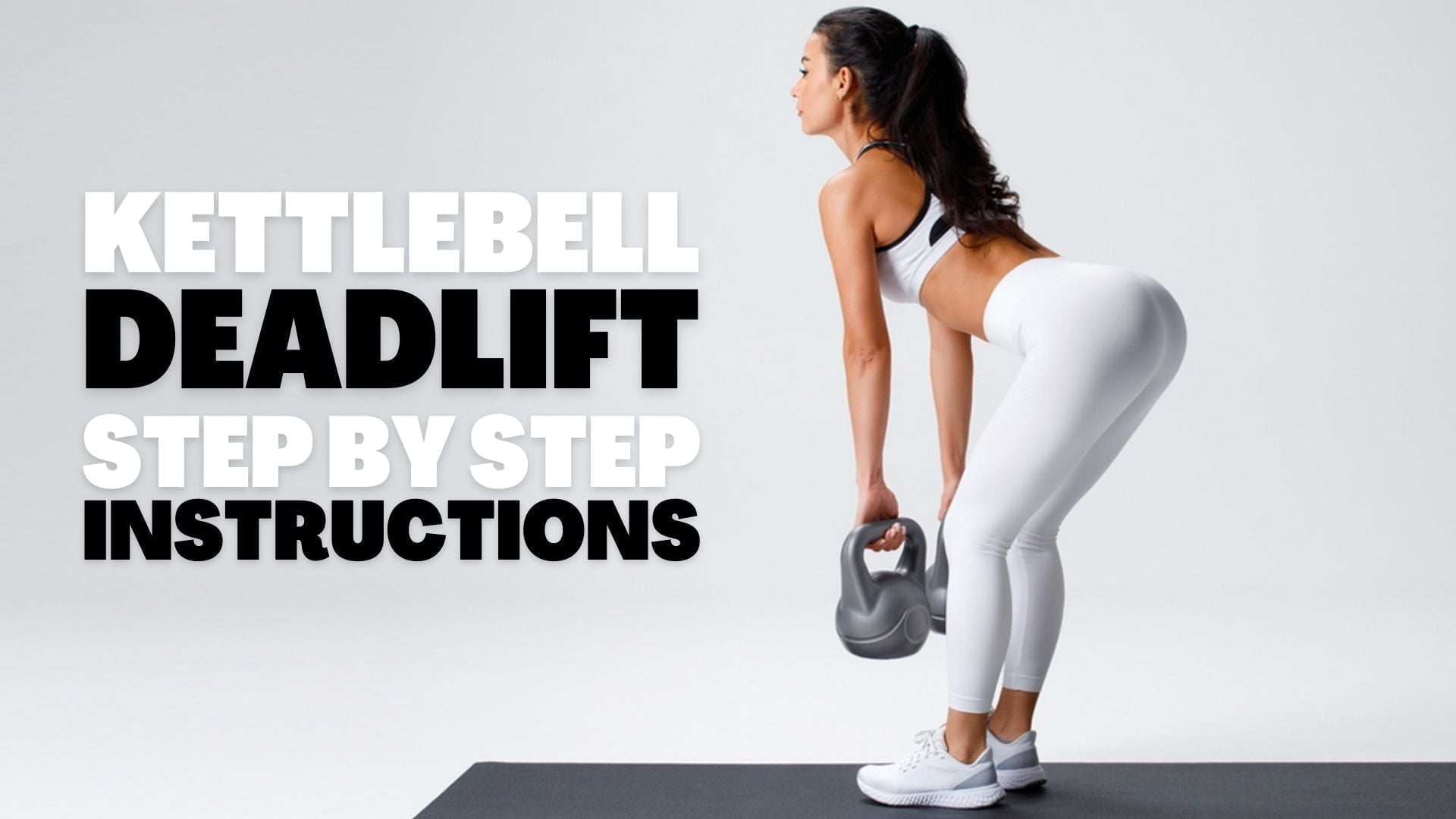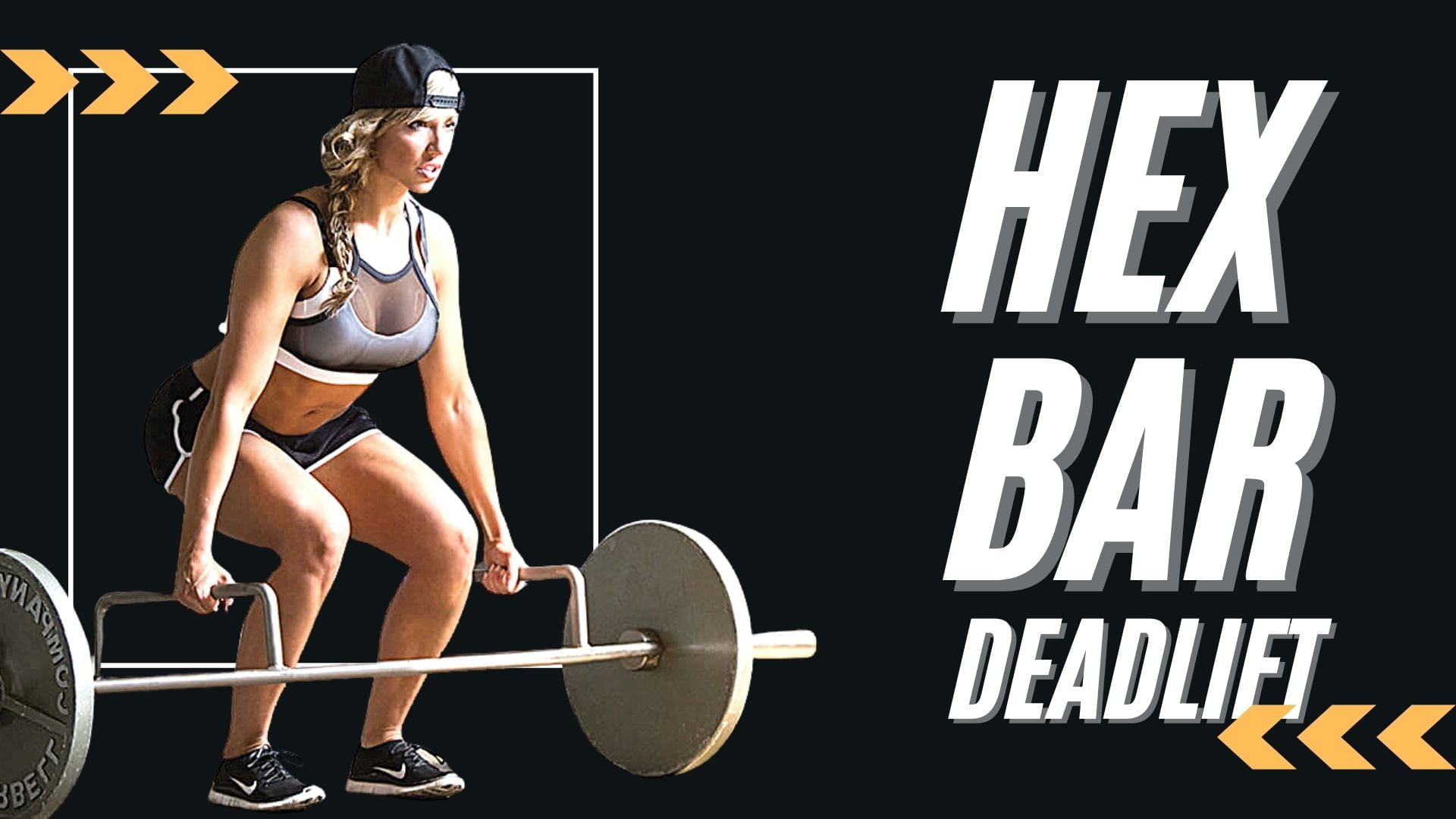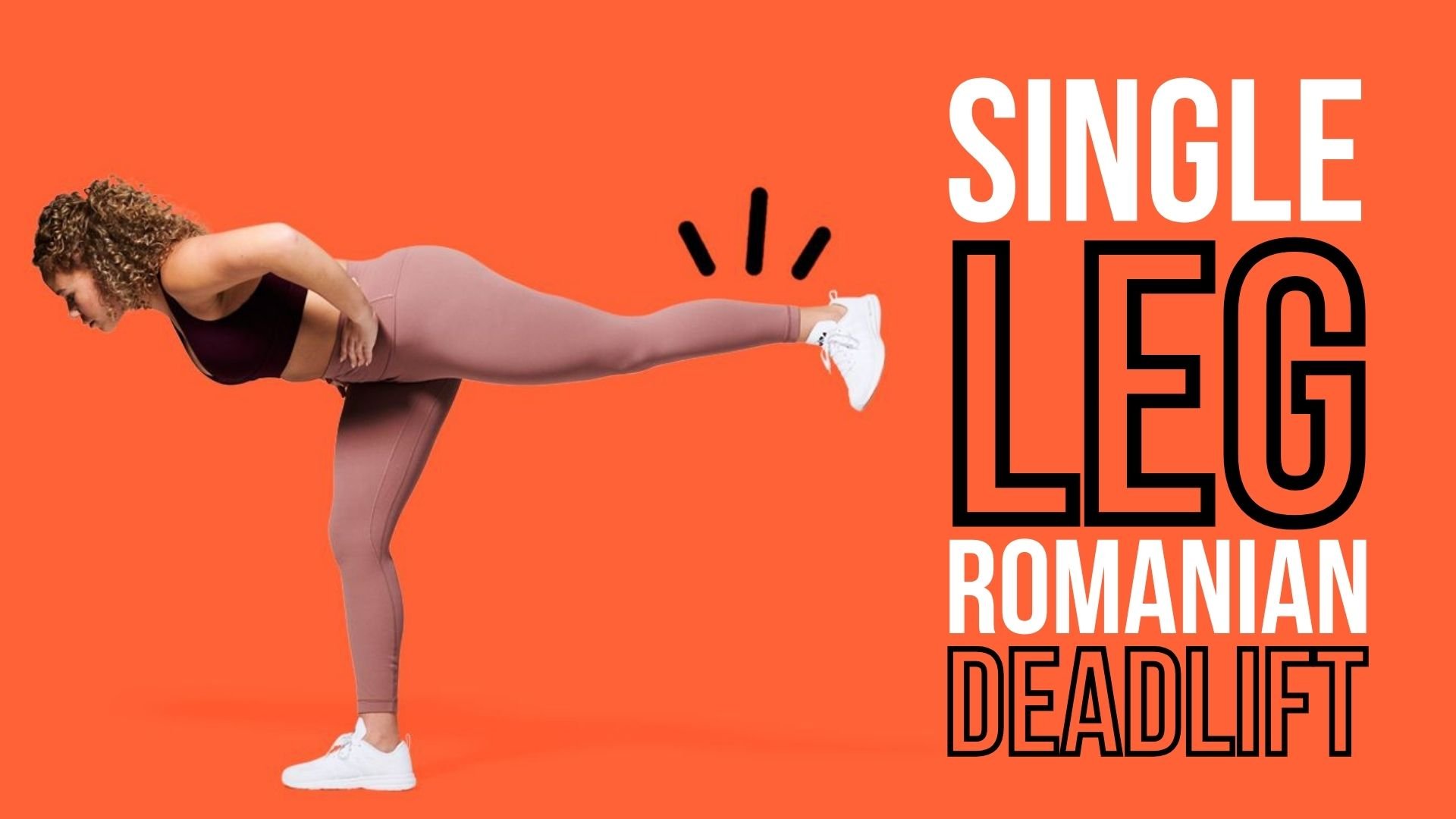
Nordic Hamstring Curl: Benefits and How to Do It Correctly
Also known as the glute-ham raise, the Nordic hamstring curl is considered one of the most effective exercises to strengthen your hamstrings muscles. You can do this workout by yourself or with the help of easy equipment.
The Nordic Hamstring Curl is a multi-purpose exercise that can aid in building bigger and stronger legs!
Nordic Hamstring Curl : Working Muscles
Primary Muscle Groups:
The hamstrings are among the principal muscle targets of the Nordic hamstring curl.
A set of three muscles are grouped together to make up the hamstring, which includes the biceps fascia, semitendinosus, and semimembranosus. The Nordic hamstring curl is a great way to build these three muscles at the back of your leg.
Strengthening your hamstrings is among the most effective ways to increase your overall strength and lower the strength of your body.
Secondary Muscle Groups
The Nordic Hamstring Curl secondarily activates the gluteal muscles (gluteus Maxus and medius and the minimus), Lower back (spinal erectors), and the upper back (rhomboids).
During the Nordic Hamstring Curl, the glutes assist in stabilizing your body. Your upper and lower back work to help stabilize your upper body.
Nordic Hamstring Curl: Benefits

#1 Size And Strength Gains
It is believed that the Nordic hamstring curl increases leg size and strength without heavy weights. Therefore, this Nordic hamstring curl can serve as a complement to aid in improving your weight-bearing performance, such as the deadlift and squat.
Whether you’re an athlete or bodybuilder, or just someone interested in fitness, this workout will definitely aid in building bigger and more powerful hamstrings.
#2 Prevention Of Injuries
Hamstrings are among the most susceptible muscle groups to injury within the body. A strained hamstring may impede even the top athletes for weeks at a. But including an exercise called the Nordic hamstring curl in your workout can lower the risk of injury.
Based on a systematic review and meta-analysis of the performance of 8459 athletes discovered, an addition of the Nordic hamstring curl into training programs decreased the likelihood of injury by 51 percent.
It is believed that the Nordic hamstring curl can be described as an eccentric workout, which means that the hamstrings get activated when the legs muscle grows by length. This aids in building a stronger and more stable hamstring which could explain why this exercise helps prevent any future injury to the muscles of the hamstrings.
#3 Improved Vertical Jump And Speed
The hamstrings and glutes of your glutes are the most important muscles in jumping and running. They are essential for increasing your vertical leap and your speed for sprinting. If you keep hamstring exercises consistent, you’ll surely be able to see improvement in your speed and performance in athletics.
How To Do The Nordic Hamstring Curl
Equipment
It is a Nordic hamstring curl completed without equipment. If you are with a friend, you can rely on them to keep your ankles.
But, if you’re in a room by yourself, locate an exercise machine that pulls down cables and a couch or something that is a few inches off the ground to assist your ankles. You might also utilize an item like a towel or something soft to help support your knees!
Setup
- You should begin by sitting on your knees and straightening your back.
- Make sure your ankles are secured with an item of equipment or ask a friend to hold them.
Instructions
- To tighten your hamstrings and glutes, and abs.
- Keep the back straight and slowly move towards the floor. Note that most people cannot control their move all the way to the floor. Move forward as hard as you can until you slide forward and stop yourself.
- Engage your hamstrings in a squeeze to bring your body back to the original position. Do not hesitate to lift yourself off the ground if you need an initial booster!
- Squeeze hamstrings and glutes with a lot of force at the top of your body to increase the contraction.
- Repeat!
Recommendation
This workout can be challenging for weightlifters with experience and even for novices. After you’ve mastered this exercise, you can move on to the Nordic hamstring curl and aim for three sets of between six and ten repetitions. If you’re looking for a more challenging workout, read on for additional variations!
Common Nordic Hamstring Curl: Mistakes
#1 Running The Movement Down
Many lifters will slide down the stairs quickly, then push themselves up in this Nordic hamstring curl. Although this is a challenging exercise, doing it in a hurry won’t build any muscles in the glutes or hamstrings.
Try to bend forward as slowly as you can before dropping backward to increase the time you are in tension throughout your Nordic stretch of the hamstring.
#2 Straightening Too Much At The Hips
Many lifters move their waists forward when they lift their bodies from the horizontal position. It is most likely because of a lack of muscles in the hamstrings because bending pulls tension away from the muscles of the hamstrings.
A slight bend in the hips is typical in your Nordic hamstring curl. But, excessive bending can prevent you from gaining the greatest gains from your hamstrings. Instead, you should practice the correct form and use a variety of exercises to help you perform the exercise more easily!
#3 Hyperextending The Back
When you bend downwards to get to the point where the body is in line with the floor, many people tend to hyperextend their back while they move up. An overextended back in the Nordic hamstring curl is because of a lack of power in the hamstrings.
If you experience significant lower back tension while doing this exercise, it’s likely hyperextending your back. Don’t get discouraged! The Nordic hamstring curl can be an extremely difficult workout. If you practice it regularly, you’ll master the movement within minutes.
The Nordic Hamstring Curl: Progression
If you’re first trying the Nordic curl, likely, you’ll not be proficient at doing it. Therefore, it’s crucial to alter the workout as you move between beginner and advanced.
Beginner
At first, you might only be able to perform only a small amount of motion before the muscles loosen. It’s fine! You just need to hold yourself in your hands or use a box to limit the range of movement.
Another option is to perform option is to do a supported Nordic hamstring. This is where you utilize cables or resistance bands to decrease your body weight and facilitate. Also, you can use a partner to assist you as you exercise.
Don’t stress about your posture at this stage. It’s okay to move your hips up to help you complete more repetitions. Focus on slow negatives or the lowering part of the exercise.
Intermediate
As you advance in your progress, you can utilize a smaller or less compact box to expand your range of motion. Or use less aid for aids for Nordic curls.
Furthermore, you may concentrate on the more concentric portion of the exercise. This is where you bring your body to the top.
After a few months, the hamstrings will be strong enough to perform the entire movement. For instance, lowering your body until it is almost to the floor with only the hamstrings.
If you are at this level, you could also raise your body up again with no assistance. Also, you can place your hands on your backs to make it more difficult.
Nordic Hamstring Curl: Variations

#1 Banded Nordic Hamstring Curl
To assist in making this Nordic hamstring curl simpler, you could try the band of resistance. The band can be hung on the elevated hook or another piece of equipment, and then hold the band by putting your hands together over your head.
The band can provide aid to assist you in mastering the technique and increase the number of reps you do when you begin to build up your hamstring strength.
Weighted Nordic Hamstring Curls
If you’ve completed the body-weight variant of Nordic hamstring curl, you can try to add some extra resistance shape of dumbbells or a vest with weights.
But, be sure to pick a type of resistance that allows users to utilize their hands when you have to lift yourself off the bench or ground!
Nordic Hamstring Curl: Alternatives
If you’ve enjoyed this Nordic Hamstring Curl, be sure to check out the other hamstring exercises that can improve your lower body fitness:
#1 Glute-Ham Raise
Place your feet in a firm position on the plate on your glute-ham lift machine. Allow your calves to push on the hooks of your ankles. Your knees should lie slightly behind or directly to the kneepads. Begin by placing your upper body parallel with the earth. It should feel like you can draw an upward line between your head and knees.
Begin to lower yourself slowly till your lower body becomes in line with the floor. Next, insert your feet into the footplate, and then raise your body by using your Hamstrings (and some assistance with the glutes). Make sure you squeeze your glutes and hamstrings on the top of your body to increase your contraction.
#2 Lying Leg Curl
Lay on your stomach and put your elbows down on the floor to help support your back. With your legs stretched out to the side, put a dumbbell in the space between your feet. Press your feet to hold the dumbbell to the floor. Next, tighten your hamstrings until you move your feet toward your buttocks. Then, slowly return to your beginning position and repeat!
#3 Standing Leg Curl
Take a stand. Set one foot behind the other while keeping your heel elevated off the ground. Then contract your hamstring and bring the trail foot towards your buttocks. Return slowly to your beginning position, and repeat!
The Nordic Hamstring Curl Vs. Glute-Ham Raise What’s The Difference?
While it is true that the Nordic hamstring curls and the glute-ham raise (GHR) boost the strength of your hamstrings, there are some significant differentiators.
Equipment
The primary distinction between the Nordic hamstring curl and the glute-ham raise is the type of equipment used. In contrast, the Nordic hamstring curl doesn’t require equipment, while the glute-ham raise requires an apparatus equipped with an elevated knee pad.
Motion Range
Glute-ham raises permit for greater flexibility over Nordic curled hamstrings.
Level Of Difficulty
Nordic Hamstring Curl is typically more difficult than the glute-ham lift because it places more stress on your knees and lowers back muscles.
Conclusion

The Nordic Hamstring Curl is a demanding but satisfying leg exercise. With consistent practice, you’ll notice a dramatic improvement in strength and improve your performance while decreasing the risk of injuries.
Don’t be embarrassed about being a novice. Everyone has to begin somewhere! With the help of the suggestions from this post, you will be able to begin becoming a Nordic curling master.











